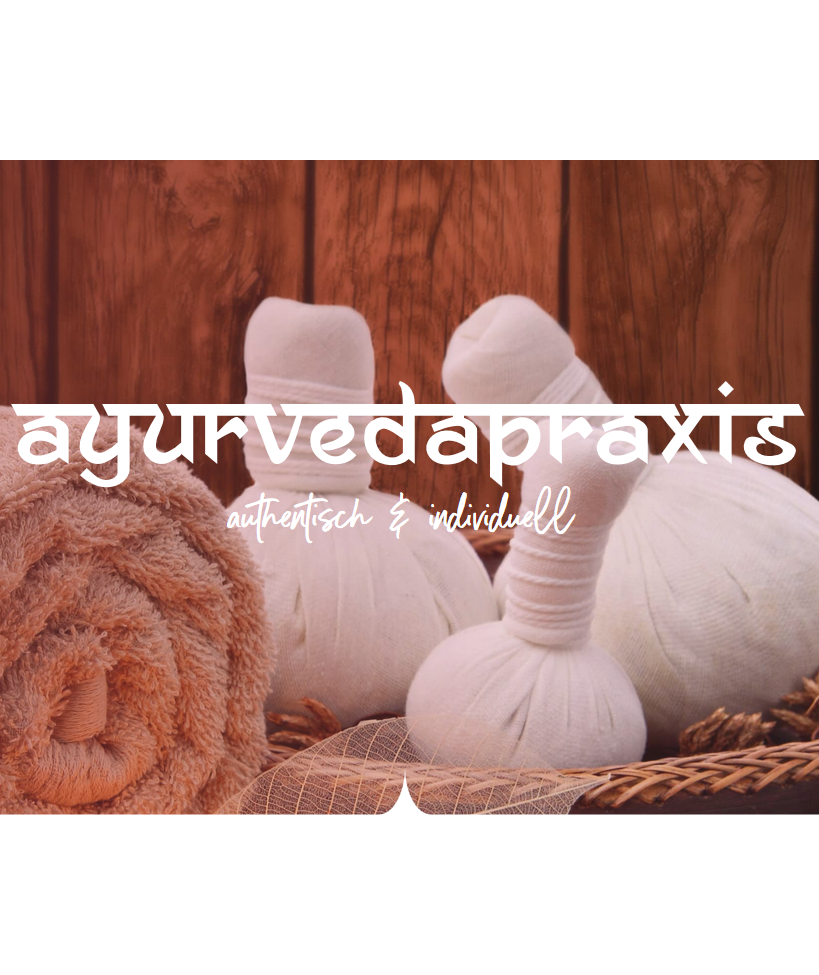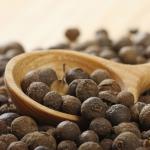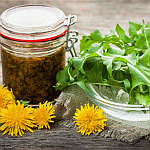Reduzierung der Vata-Eigenschaften chala (Bewegung) und sookshma (Subtilität)
14.11.2007 | Dieser Artikel von Dr. Sunil Joshi beschäftigt sich mit 2 Eigenschaften des Vata-Dosha, die in der heutigen, modernen Zeit immer mehr zunehmen und damit auch das Vata erhöhen: die Bewegung und die Subtilität bzw. Verfeinerung (Raffination). Dr. Joshi gibt Tipps und Hinweise, wie jeder einzelne dieser Entwicklung bei sich selbst entgegenwirken kann. Auch ein einfaches Frühstücksrezept ist dabei. Mehr dazu in Englisch.
Vata: Mobile & Refined Qualities
Sneho Anilam Hanti
“The use of Snehan (Oleation) will calm down Vata Dosha.”
-Charaka Samhita
Ruksha Sheeto Laghu Sookshma Chalo Vishada Kharaha
“The seven properties of Vata are dry, cold, light, micro, mobile, porous, and rough”
- Charaka Samhita
In this article we are going to discuss two of the elements of Vata dosha that we seem to come in touch with on an ever-increasing level in our modern world. Vata dosha is made up of seven qualities. These are ruksha - dry, khara - rough, sheeta - cold, laghu - lightness, vishad - porous, chala - movement and sookshma - refined (micro). We have been able to regulate our environment, thanks to modern technology, so that the qualities dry, rough, cold, porous and light can be more easily controlled. We have saunas and humidifiers to reduce dryness. Central heating to reduce coldness. Many things exist now to make life softer and less rough. And our heavier diets are a good example of decreasing the light and porous qualities of Vata. However, chala and sookshma are two of the qualities that seem to have permeated our culture to such an extent that they are present in our homes, workplace, relationships, recreation and the foods we eat.
Vata plays an important role in our physiology when it comes to movement. Most of our primary functions - respiration, circulation and elimination are governed by Vata. Even our sensory functions require movement as well as our thought processes. One of the founding principles in Ayurveda is that we are merely a microcosm of the universe and are in fact made up of the same elements and qualities. Therefore, when qualities in our external environment increase they will also increase in us over time. So if movement is one of the aspects of Vata it is no surprise that living in a rapidly moving society would contribute to Vata being in a rather aggravated state. Whereas a certain degree of movement adds to your wellness plan, such as regular exercise, overdoing it by constantly being on the move and never having time to relax and enjoy life is not beneficial. The anxiety and stress levels in our lives are way too high because we are constantly moving. Instead of using our modern conveniences to create more leisure time for ourselves we try to do more, which only leaves us feeling more exhausted. Of course you can’t always control the speed in which we need to do things but perhaps the one area where you can work with this quality of Vata is through lifestyle. Take time to do abhyanga or oil massage to calm Vata. Make sure you have time to eat good food and allow time for the proper digestion of your food. Try to slow down long enough to give yourself an opportunity to relax and enjoy your friendships. And make sure you spend time in nature and doing meditation. This will help reduce that movement principle and thereby have a calming effect on Vata Dosha.
Another important quality to consider is the principle of refinement or sookshma. This refinement sounds good in theory because when something is refined it becomes micro or smaller and can then find it’s way to the smallest parts of the body. Modern scientists have been able to isolate the smallest particles of foods and medicines with this principle in mind, which makes their action very specific. They can go more directly to the area of the body they are designed to treat. However, when things are refined they become separated, known as vivarane sookshma. This separation is what allows them to permeate to the finer channels of the body but in reality it takes more energy for the tissues to metabolize these “unnatural” refined substances. Most of us have compromised digestive systems already and find that we barely have enough energy to go all day. If we are consuming foods and medicines that require extra energy to gain their full benefits it is not surprising that by taking in substances which have more sookshma qualities it will result in partial absorption and assimilation in the gastro-intestinal tract. A good example of this is homogenized milk. When milk is homogenized it is processed and the cream and milk are re-combined. Compared to milk from the cow it is more refined. So when we drink homogenized milk we are requiring the digestive system to work harder to gain the nutrients from the milk. The end result is a loss of energy and more importantly we miss out on the full nutritional value.
This is why in Ayurveda we emphasize eating wholesome, fresh foods that are unrefined. The increase of chala or movement in our society has already created enough stress to affect our digestion and energy levels. Then to complicate things we are eating more refined and processed food, which further inhibits our ability to gain the necessary requirements to maintain our health. If you can make a shift to eat freshly prepared, natural foods and try to limit eating processed, refined substances your digestion will improve dramatically. Also, see if you can possibly reduce the excessive movement in your lifestyle so that you may fully enjoy life and have enough energy to give to yourself for enhancing your health and well being. Working to reduce chala and sookshma will help to manage Vata and create more peace of mind and relaxation in your life.
Food Tips
Hot Cereal
Reduces both Vata and Pitta doshas, and increases Kapha dosha.
1 tsp. Ghee
1⁄4 cup Cream of Wheat, Rice, or Oats
1-1 1⁄2 cups Water
2 Almonds, chopped
1 pinch Ground cardamom
1 tsp. Sweetener, as recommended
There are many varieties for hot cereal. You can even grind your own whole grains easily in a coffee grinder, if you like. Simply combine ghee, cereal, and water, and bring to a boil while stirring. Or you can toast the cereal first in the ghee until lightly browned, then slowly stir in hot water. Cover and remove from heat, let stand a few minutes. Add chopped almonds, cardamom, and sweetener. In the winter you can add a pinch of cloves to make it more warming.
______________________________________
This article has been taken from Dr. Sunil Joshi’s newsletter “ayurveda patrika”, issue no. 5 and has been provided by the Academy of Ayurvedic Studies, The Netherlands which is organising regular seminars with Dr. Joshi in Amsterdam.
These seminars are intended for advanced clinical studies in the field of ayurveda. Requirements for registration minimum of 1 year part time ayurvedic training, equaling 250 classroom hours of studies.
Over Dr. Sunil Joshi:

Dr.Sunil Joshi opened his private clinic, the Vinayak Panchakarma Chikitsalaya, in 1985 in Nagpur, India. The focus of his practice is the Ayurvedic treatments known as panchakarma and the use of herbal supplements. Dr. Joshi feels that Ayurveda is most successful when it is practically applied in conjunction with a strong educational foundation and it is with this intention that the Vinayak Ayurveda and Panchakarma Foundation was established in 2002.
For more information see also: www.vinayakayurveda.com
and listen to an interview with Dr. Joshi here: http://www.ayur.com/trainVAC.html



.jpg)


.png)




